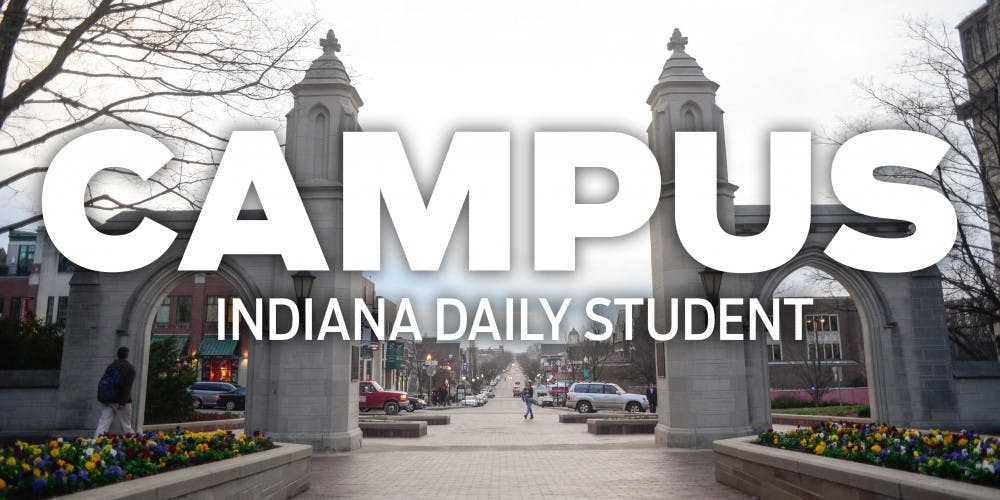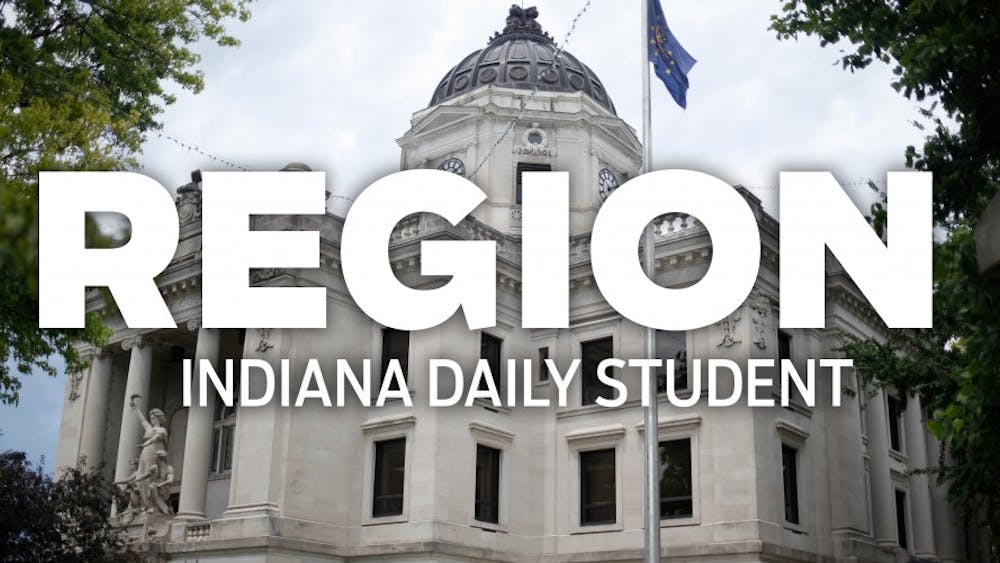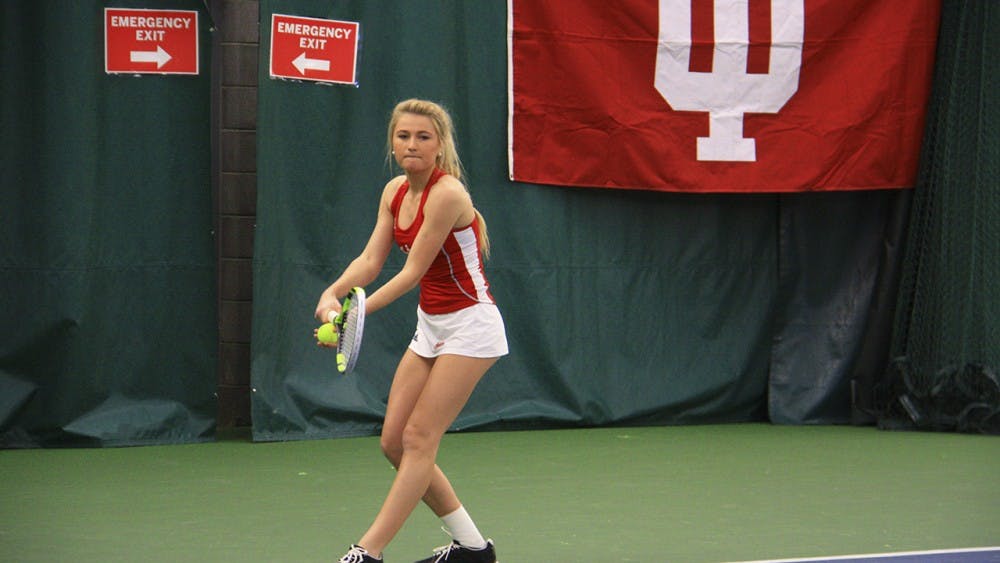Asma Khalid, IU alumna and journalist who covered the 2016 election for National Public Radio, spoke about the rise of fake news and the lack of news literacy in the digital age and her experience covering the election as a Muslim on Friday afternoon in Presidents Hall.
Khalid gained attention after the election for her essay “What It Was Like to Cover the Election as a Muslim.” In her essay, she wrote about the disdain some people had for her because of her religion, which she had not previously experienced.
“To friends and family I looked like a masochist, but I was too invested to quit,” she said.
There was one instance when Khalid was going door to door to speak with people and a woman shouted for Khalid to get off her property because Khalid was a Muslim.
Khalid said she spoke with people on all sides of the political spectrum but didn’t think her religion would be problematic before deciding to work on the campaign.
“I think there was a lot of normal campaigning in this cycle, but I also think there were a lot of abnormalities that exposed who we are as Americans,” Khalid said. “Sometimes it really wasn’t all that great. Not all of it was pretty. Not all of it was kind.”
Khalid said one of the main factors contributing to the animosity between political parties throughout the 2016 election was the lack of news literacy. She said two-thirds of the people she spoke with throughout the election consumed their news from social media, and she said she thought this was alarming because it can lead to confirmation bias if people follow similar-minded friends on these platforms.
“I was blown away by the frequency which people would cite information that was completely not valid,” she said. “You would ask them where they got that information and they said ‘Oh, you know, so and so put it on Facebook.’ To them, that was an authentic source of information.”
Khalid said the lack of news literacy prevalent throughout the election worried her. The term “fake news” was used too often to disregard legitimate sources, which, she said, ultimately created a deeper distrust between news consumers and providers.
Junior Angelo Bautista, like Khalid, said he receives most of his news from social media. However, he said he’s aware not everything he reads on the platforms are truthful.
“In piecing whether or not a news source is fake news or not, it’s really about news literacy and understanding whether or not the source is viable, whether their sources are viable,” he said. “It’s really just about being constantly skeptical about what you’re consuming.”
Khalid said a factor that made some people question legitimate news sources was consistent narratives that didn’t truthfully represent a certain demographic. For example, she said it was believed Latinos wouldn’t vote for Donald Trump. However, she spoke to Latinos whose views aligned more with Trump’s than they did with Hillary Clinton’s.
“You got this impression that people fit nice and neatly into boxes of who we presumed they would vote for or how they should vote,” Khalid said. “As journalists, we didn’t always have the best representation of what the economic concerns or the racial concerns people had in part because we were not immersed in their communities.”
Khalid said because most media production takes place on the east and west coast, she’s not sure how to more accurately provide representation for those who feel underrepresented and thus, distrustful of the media.
Although, she said with the growing popularity of different platforms, such as podcasts, she’s hopeful an open, more fluid dialogue will build trust between the media and its consumers.






